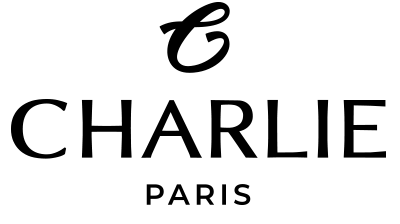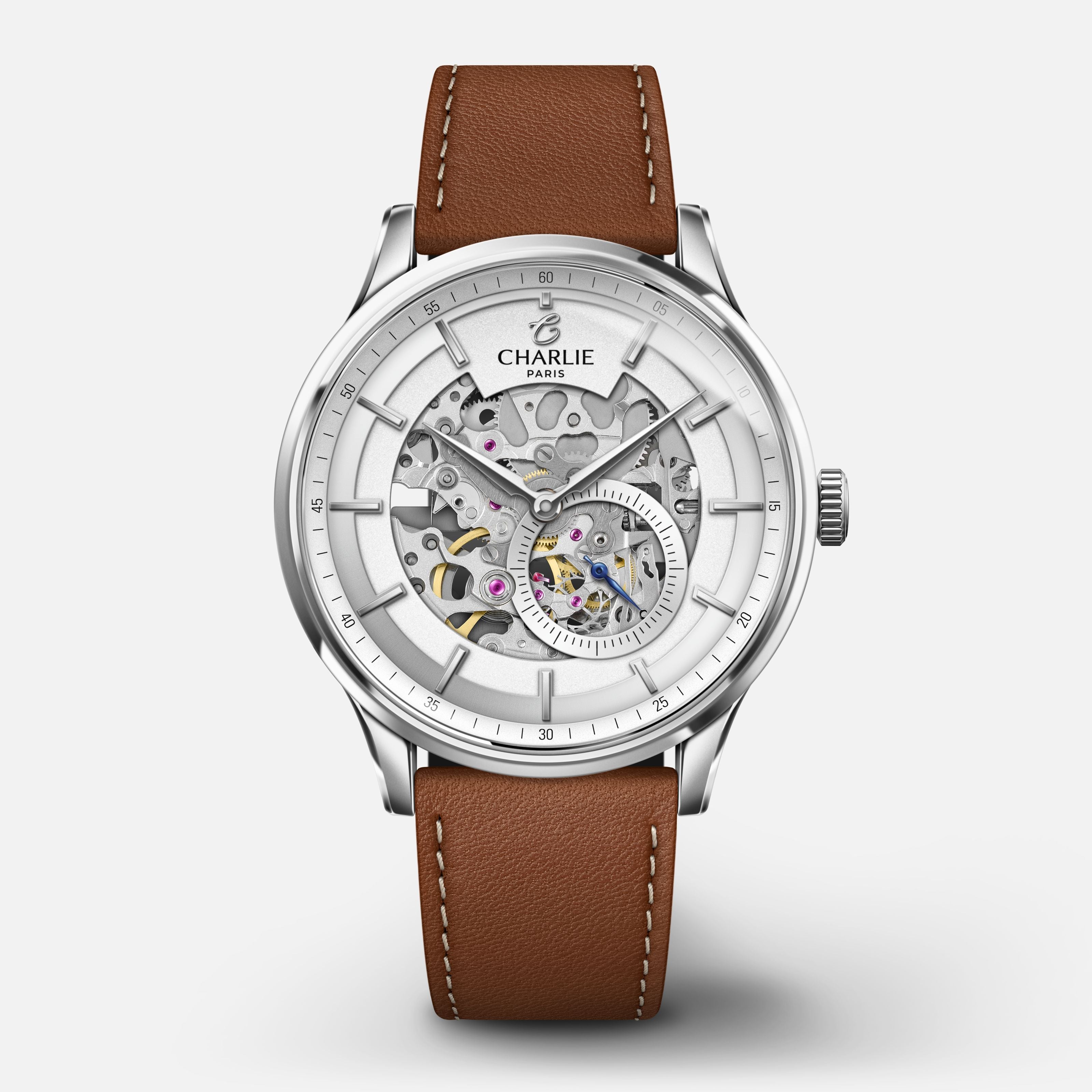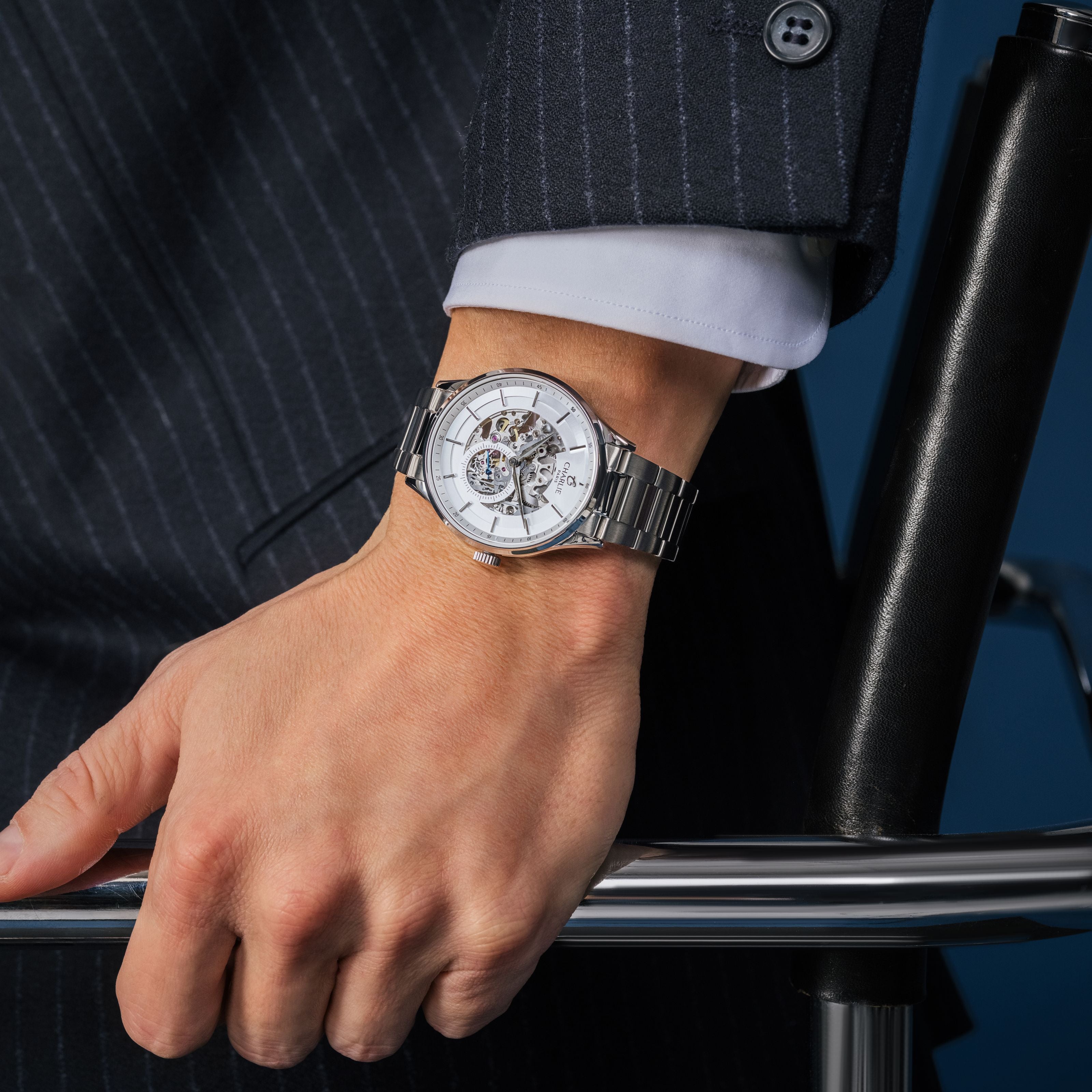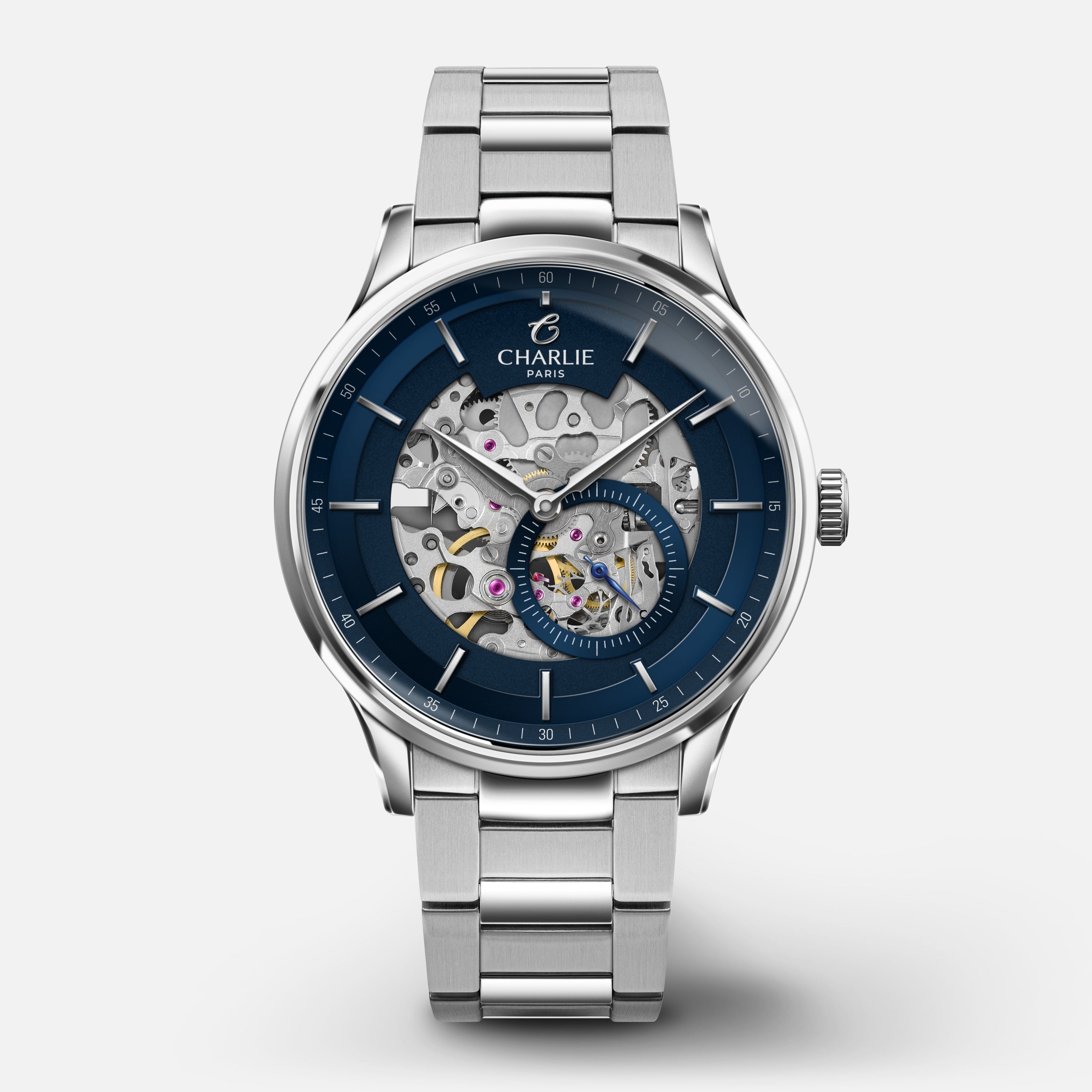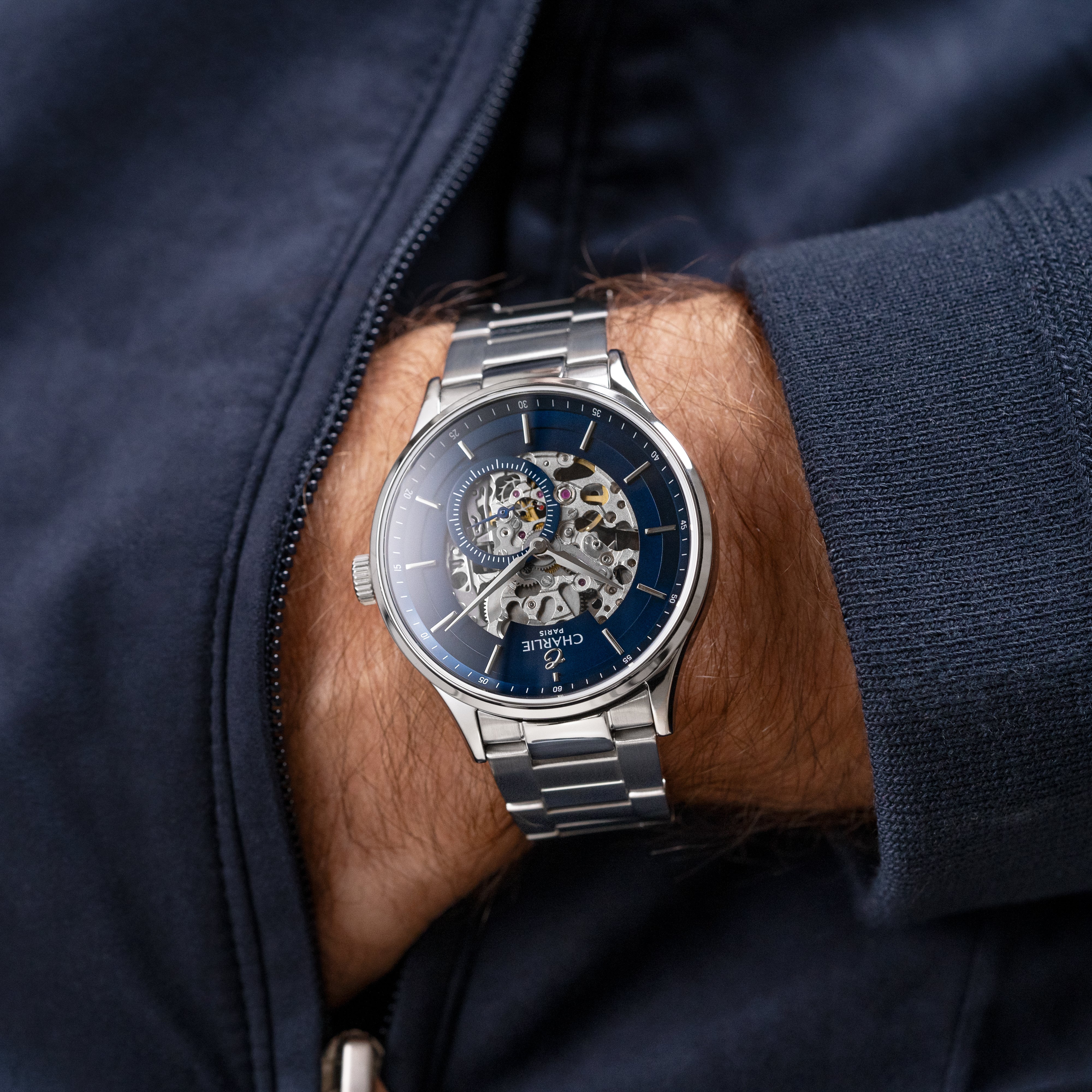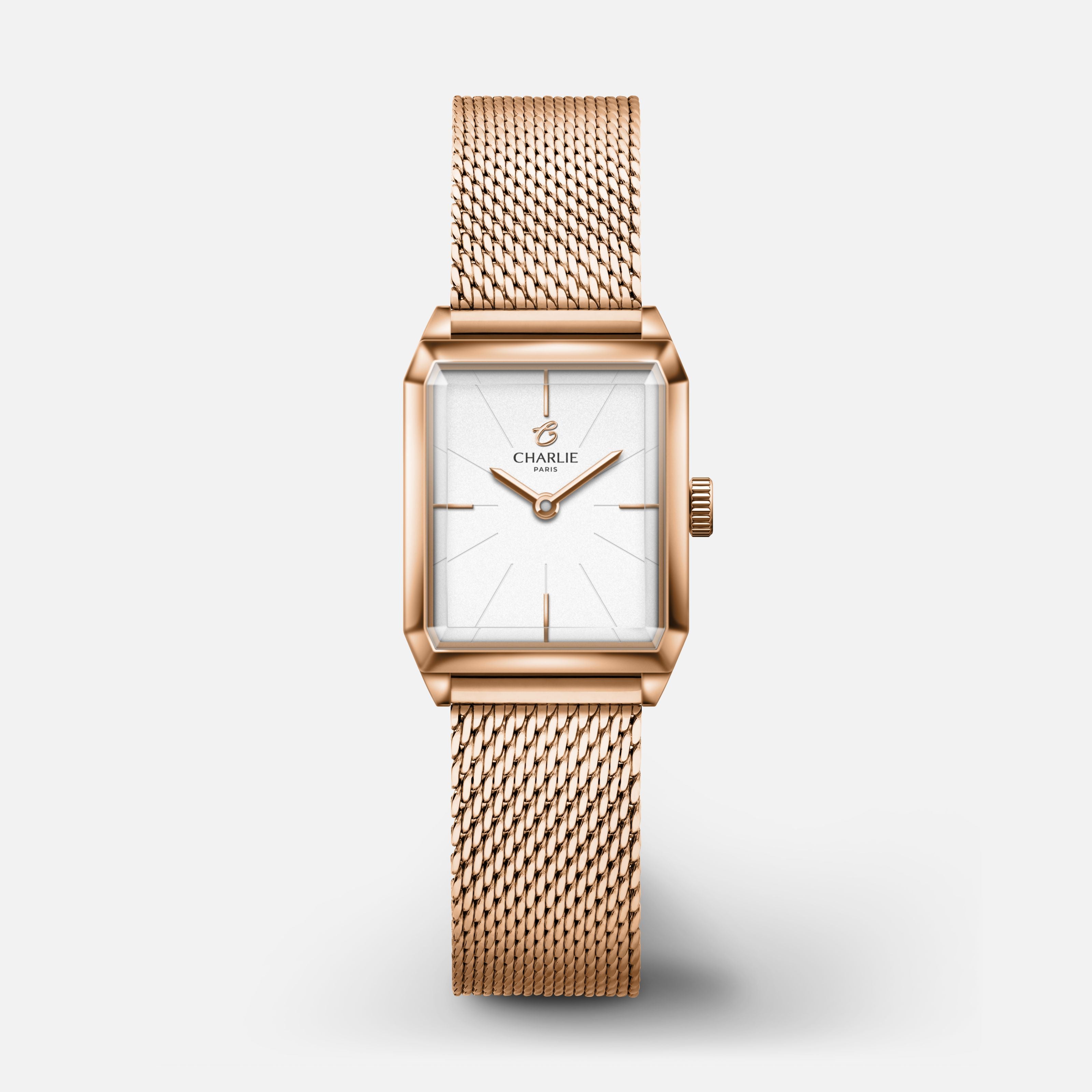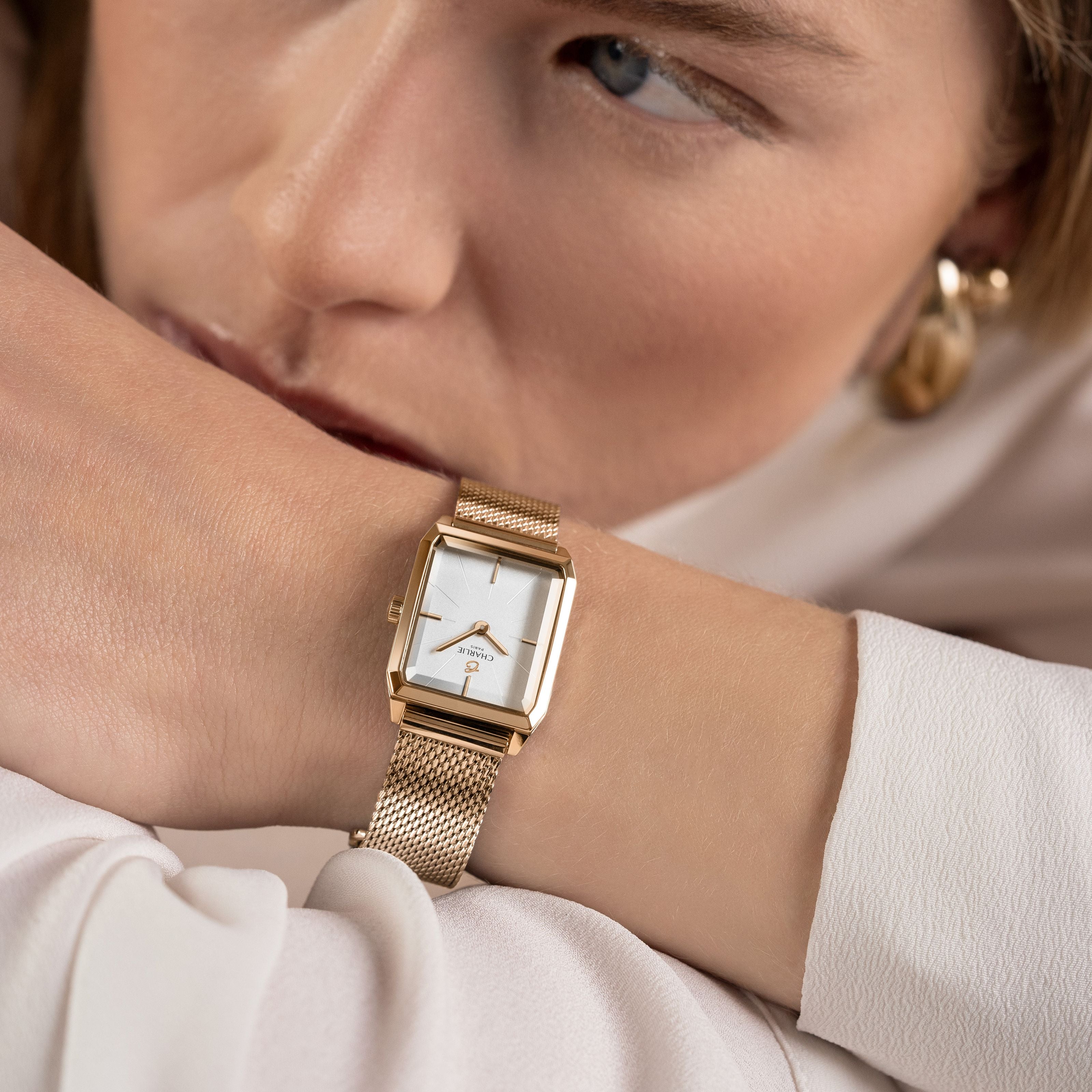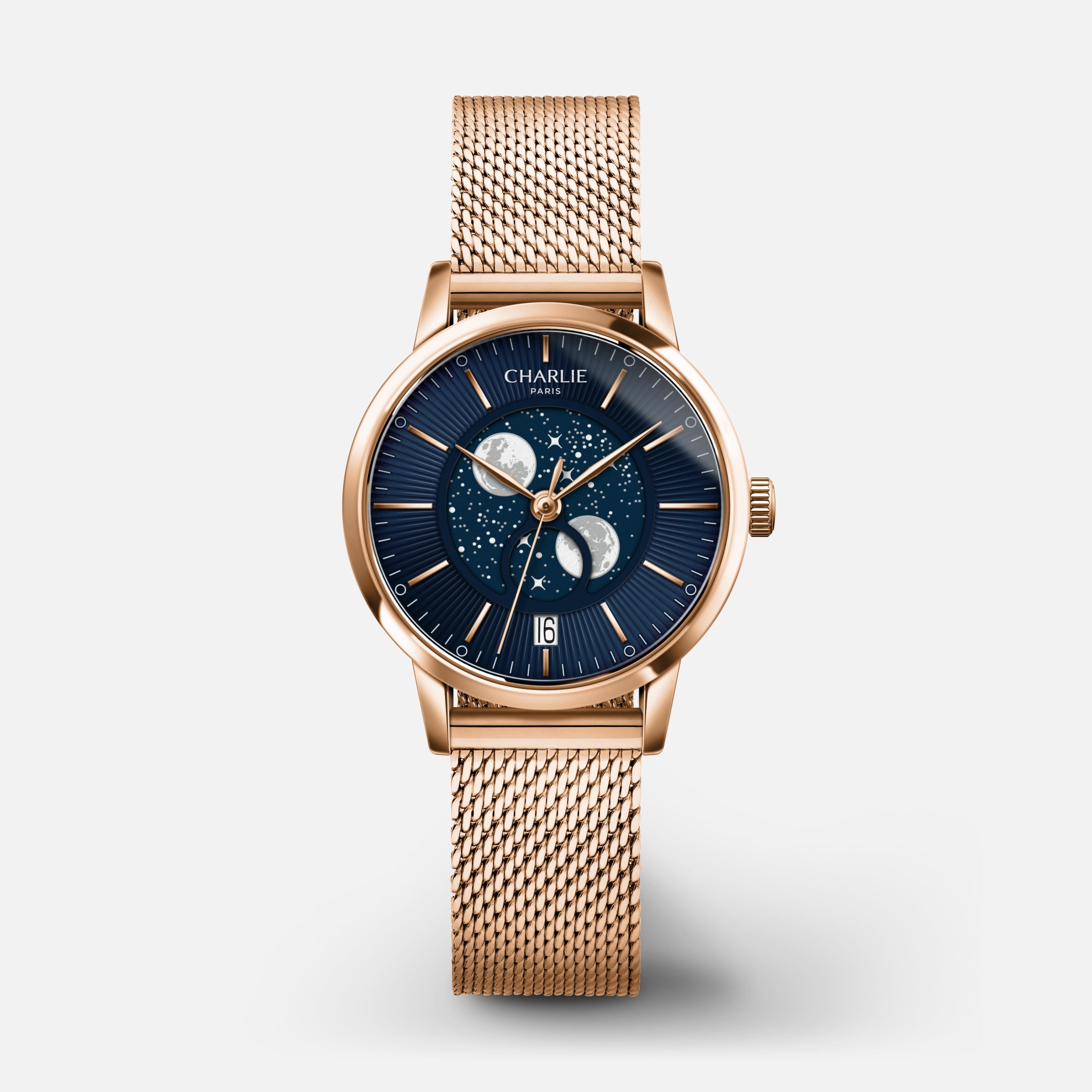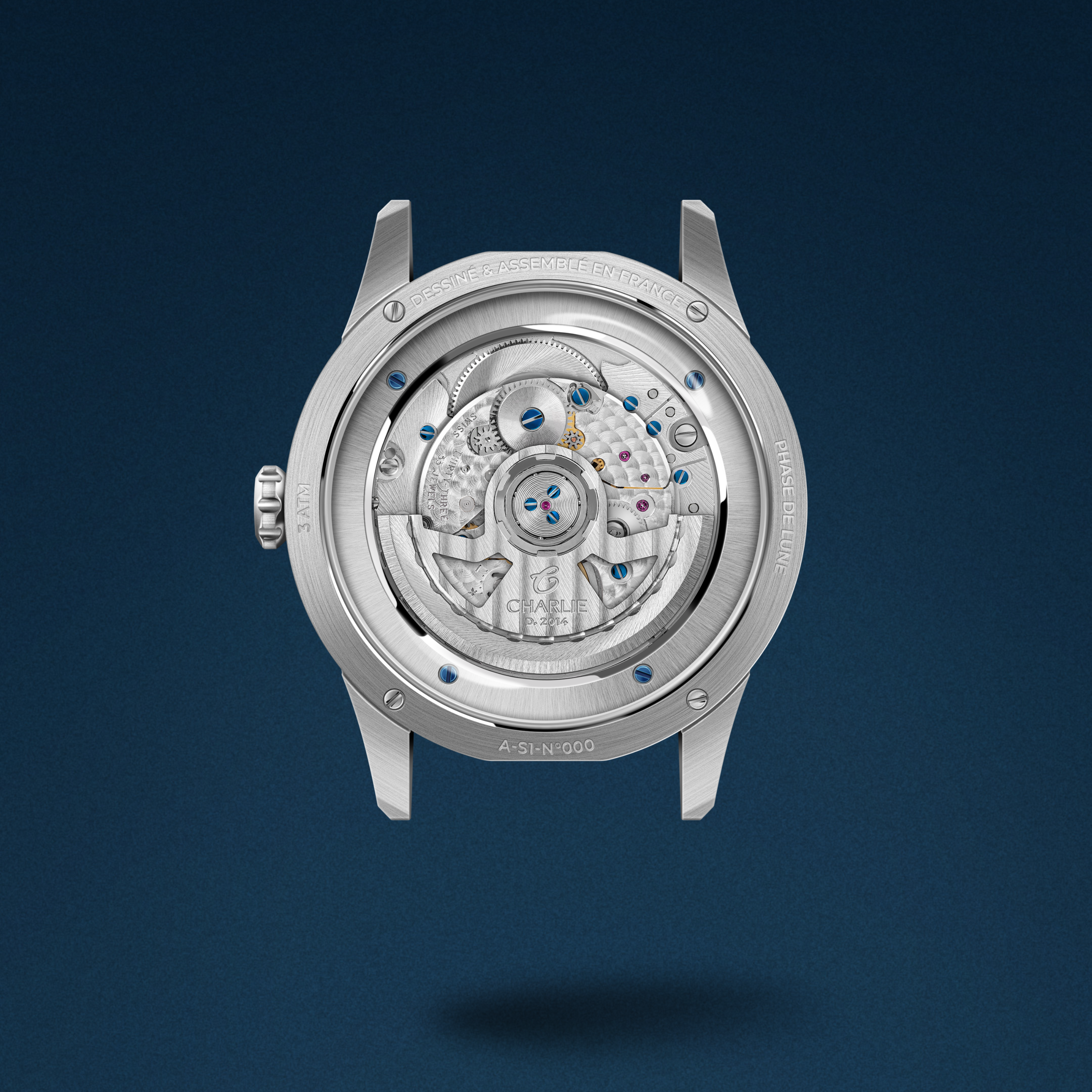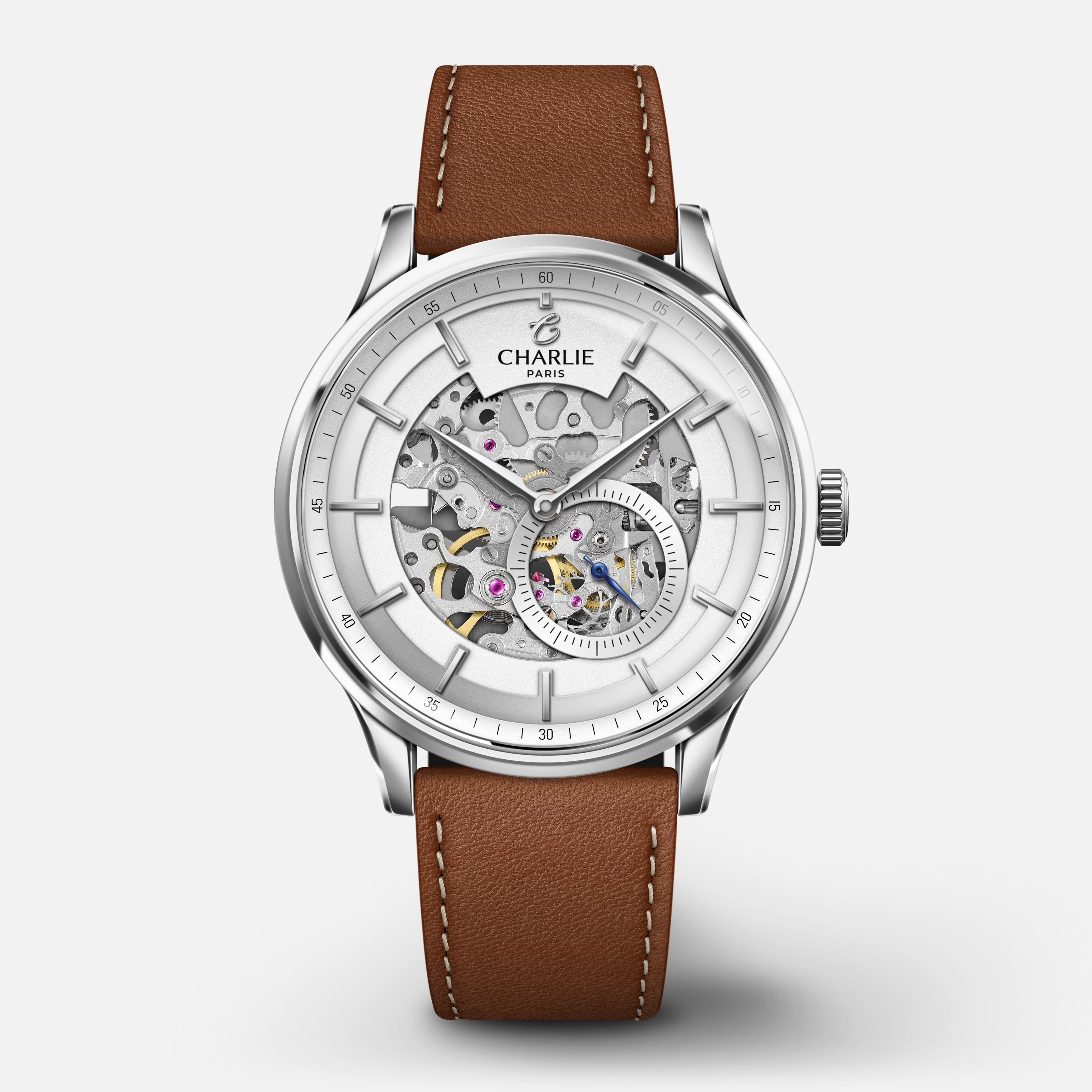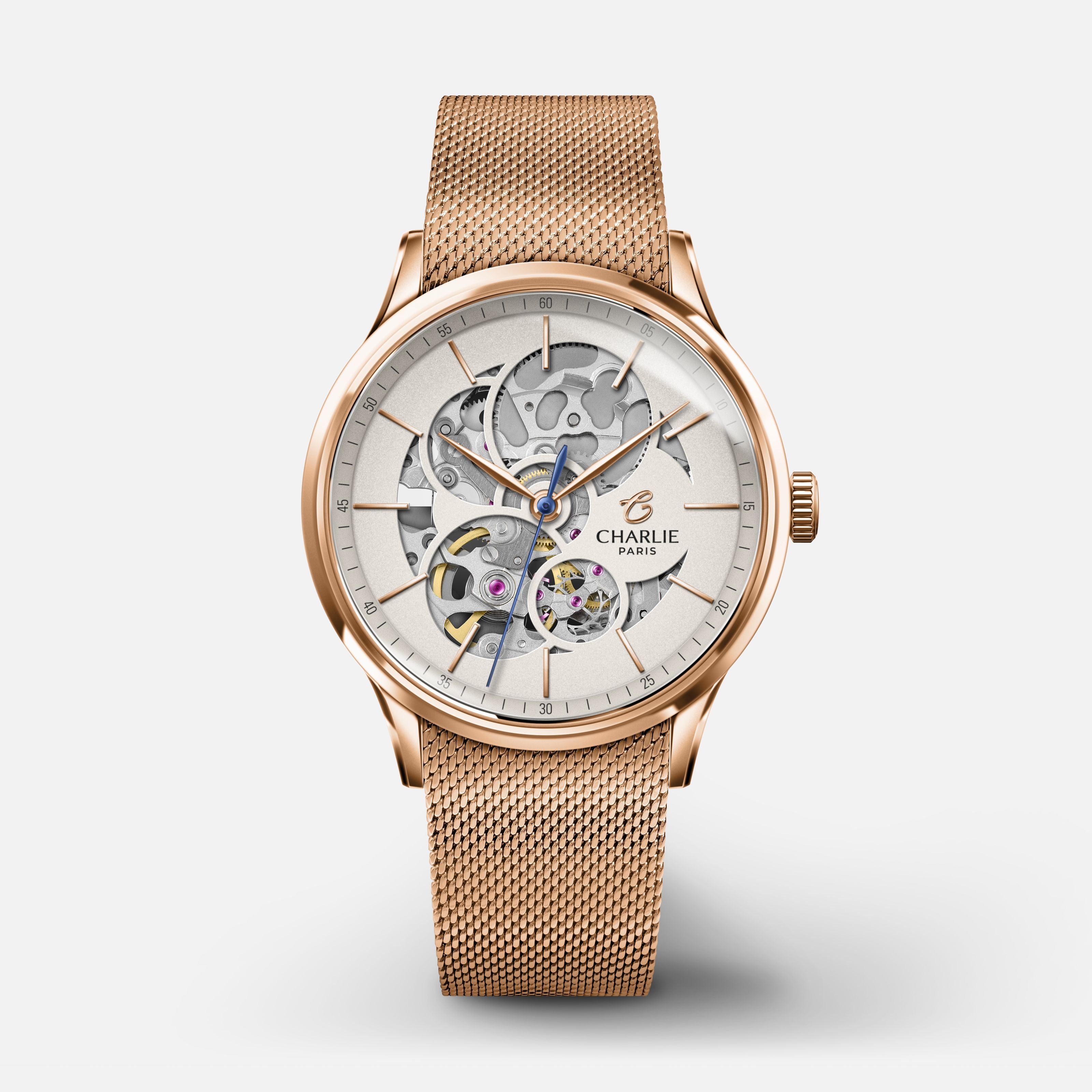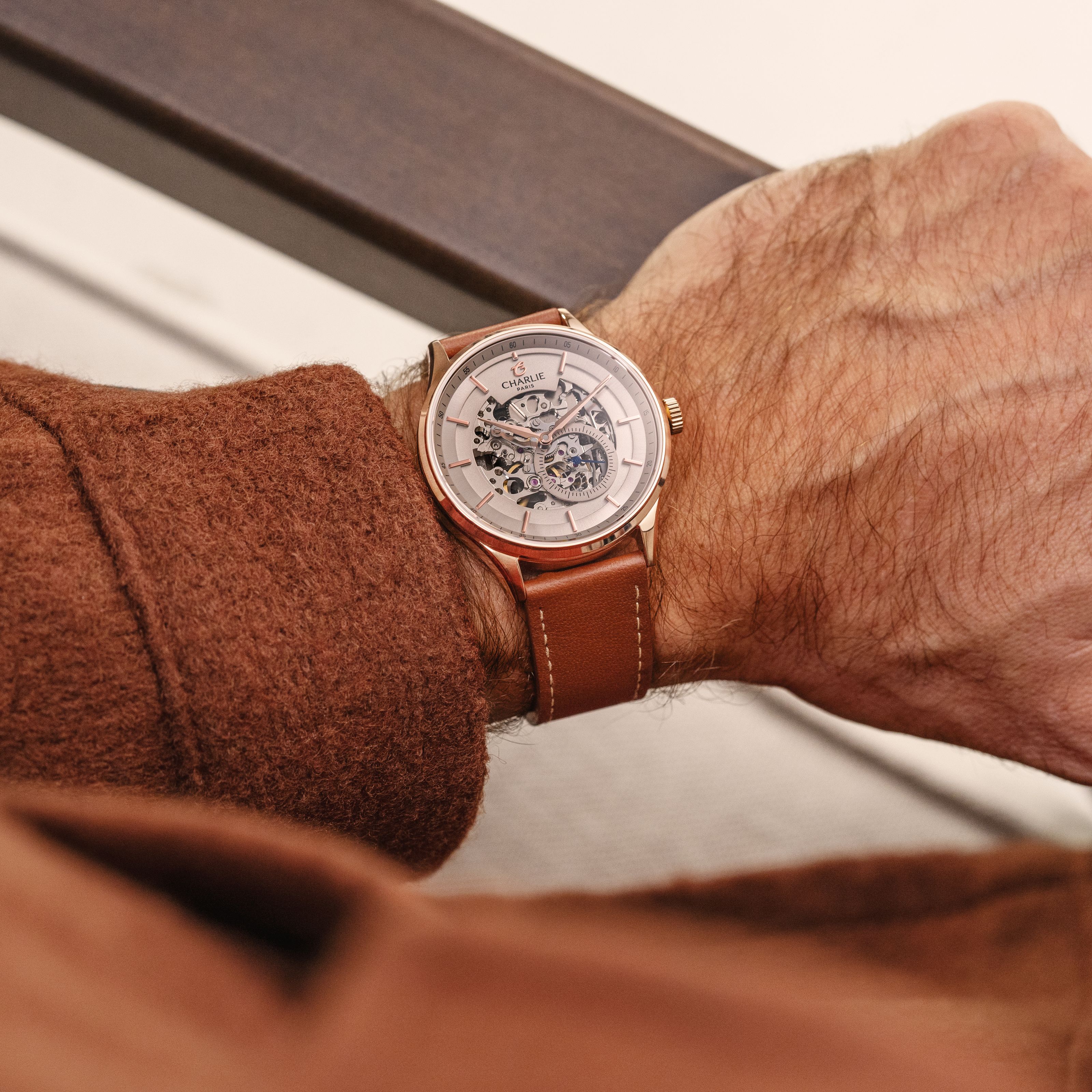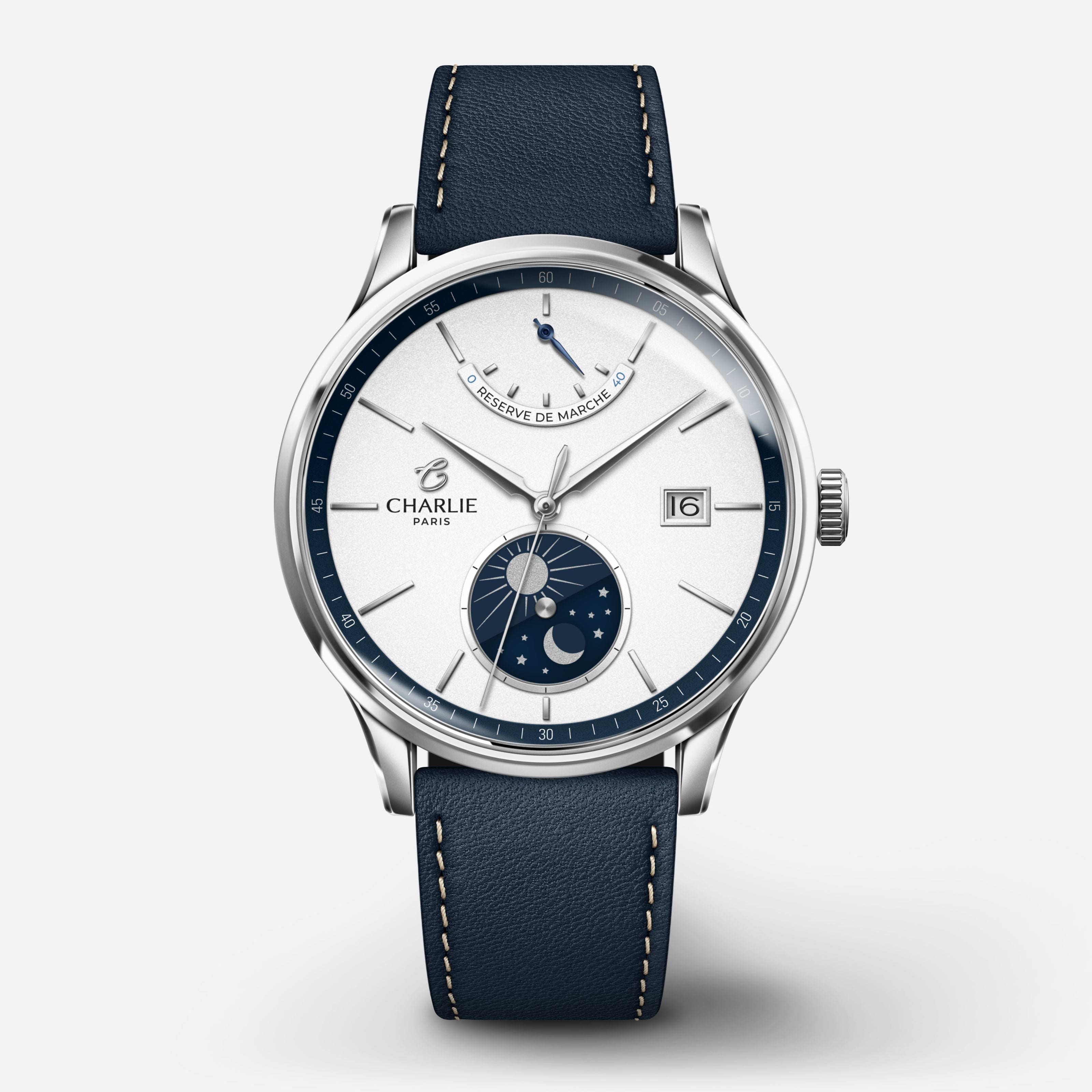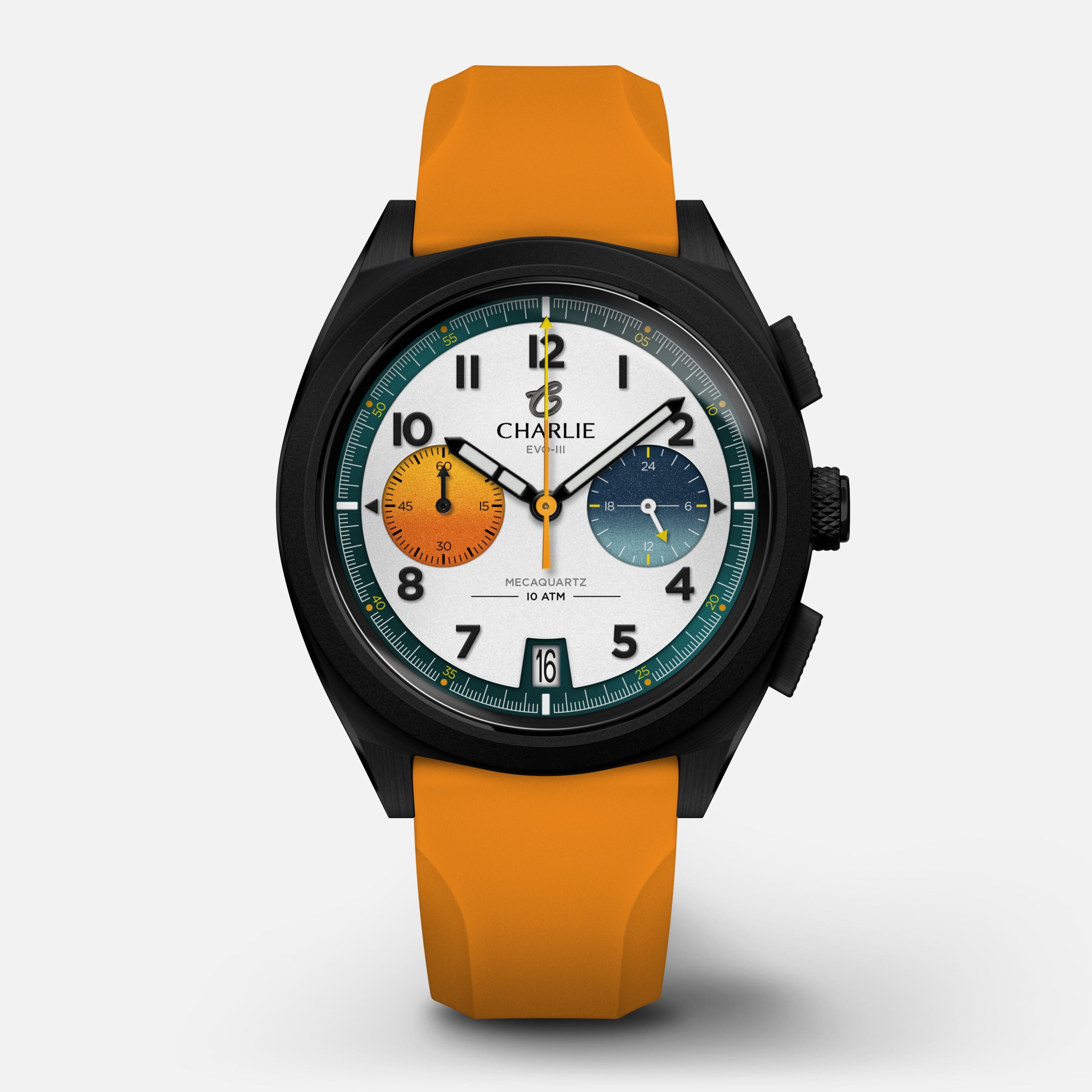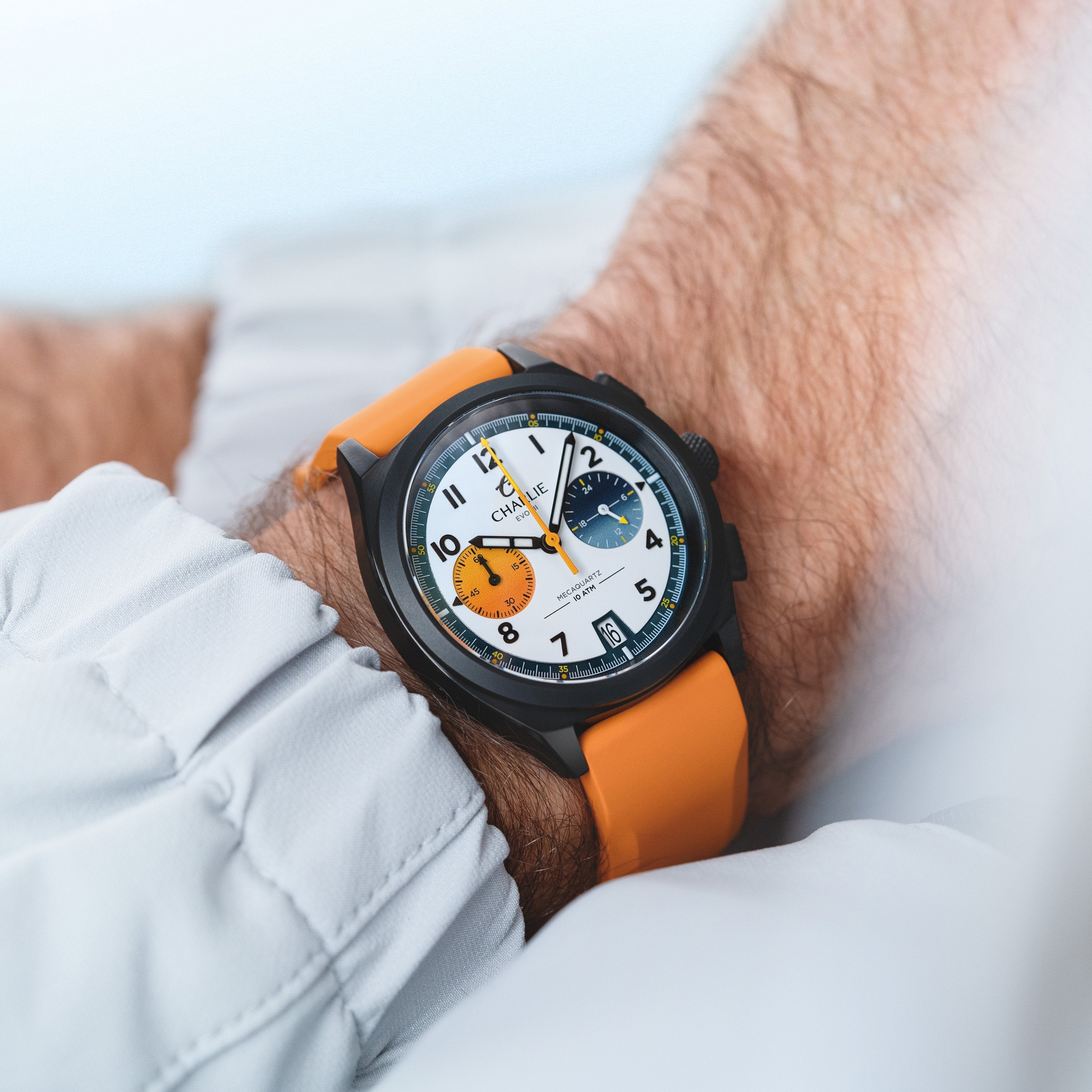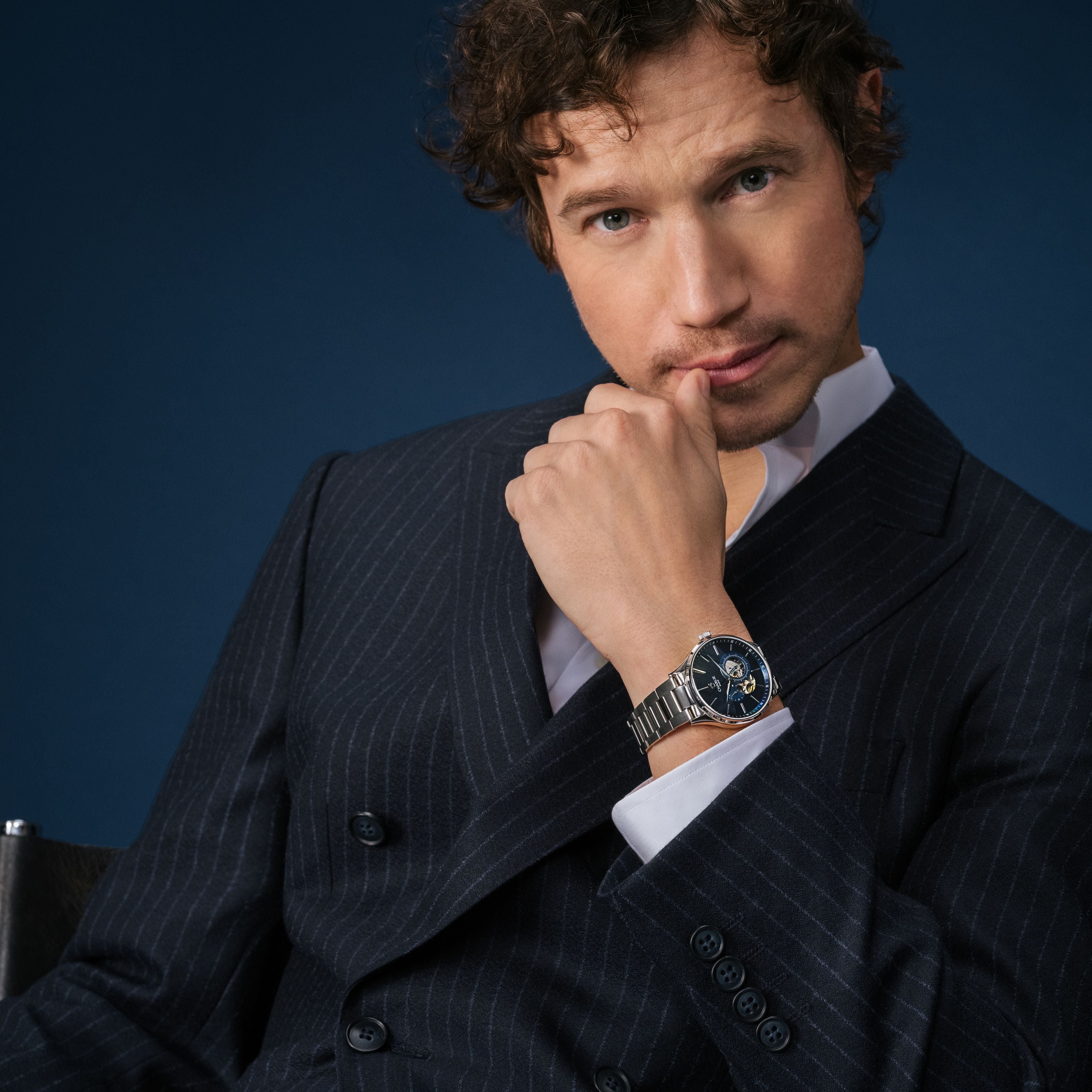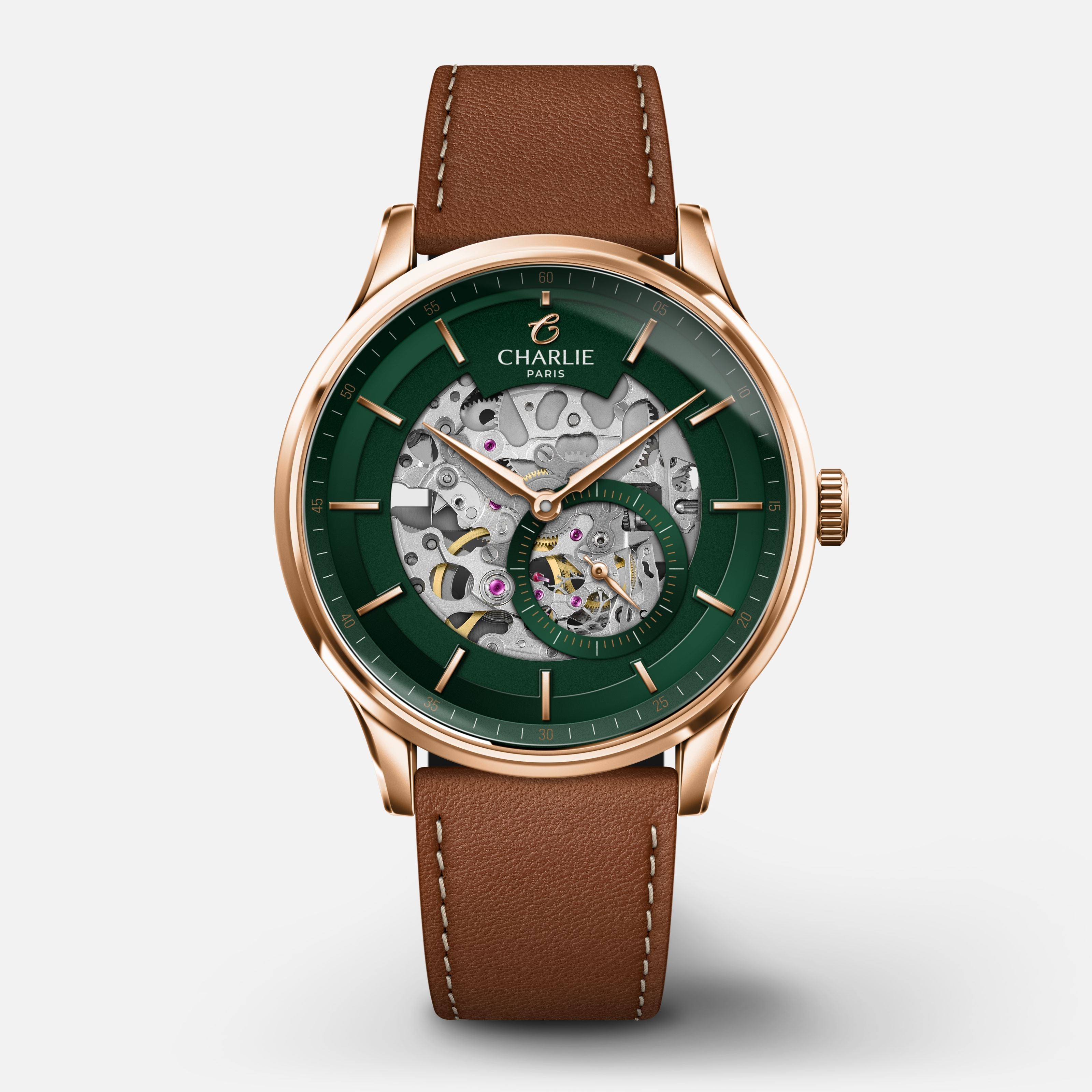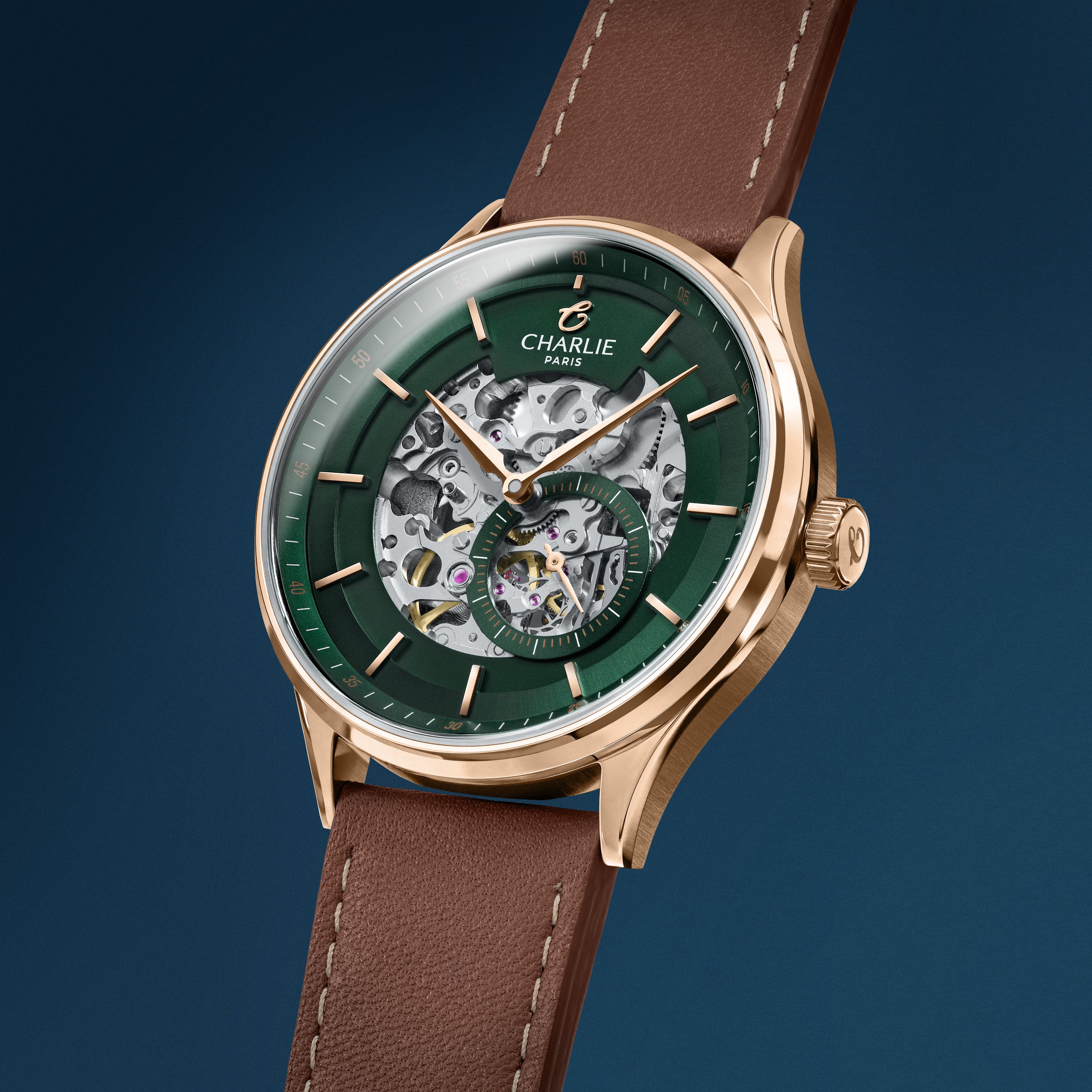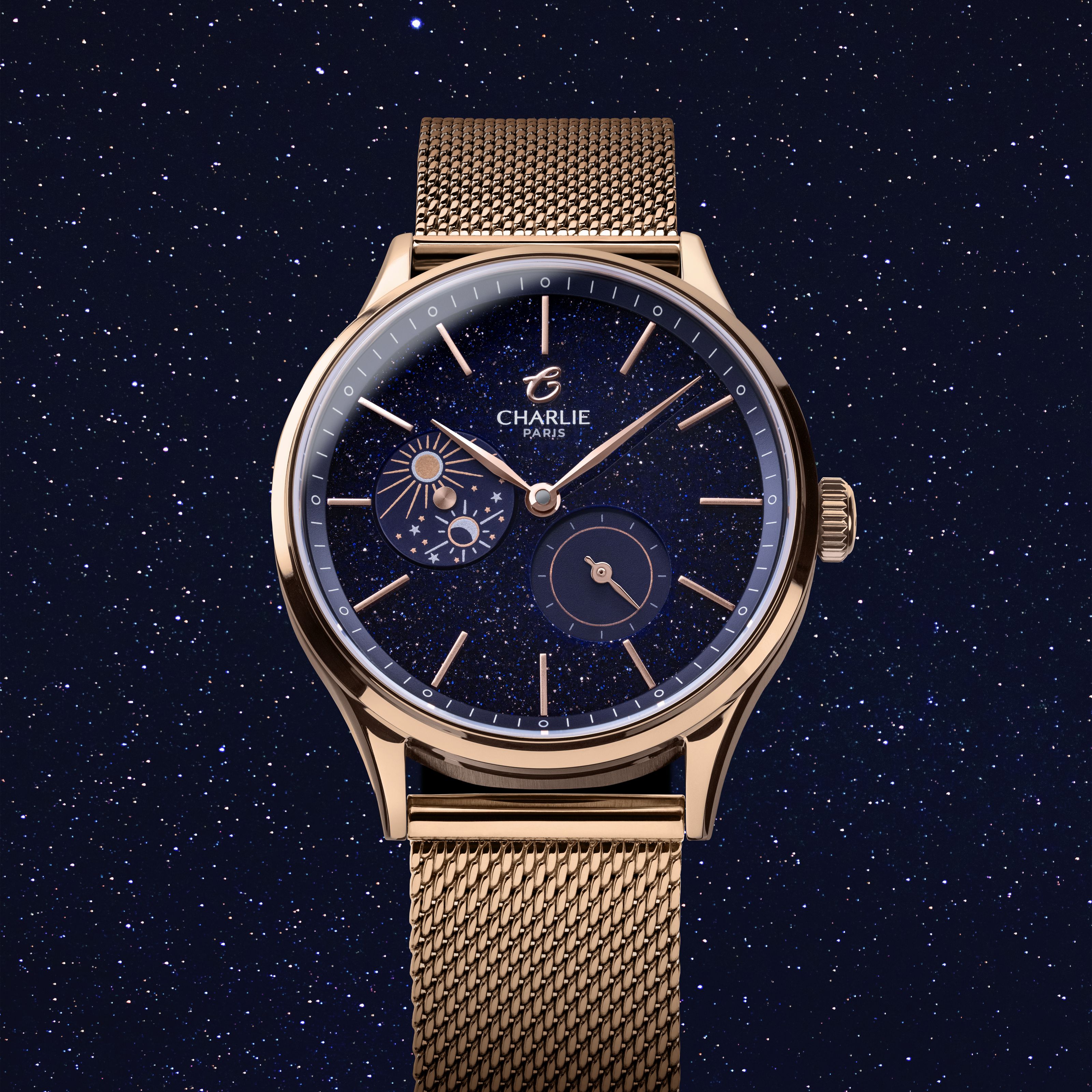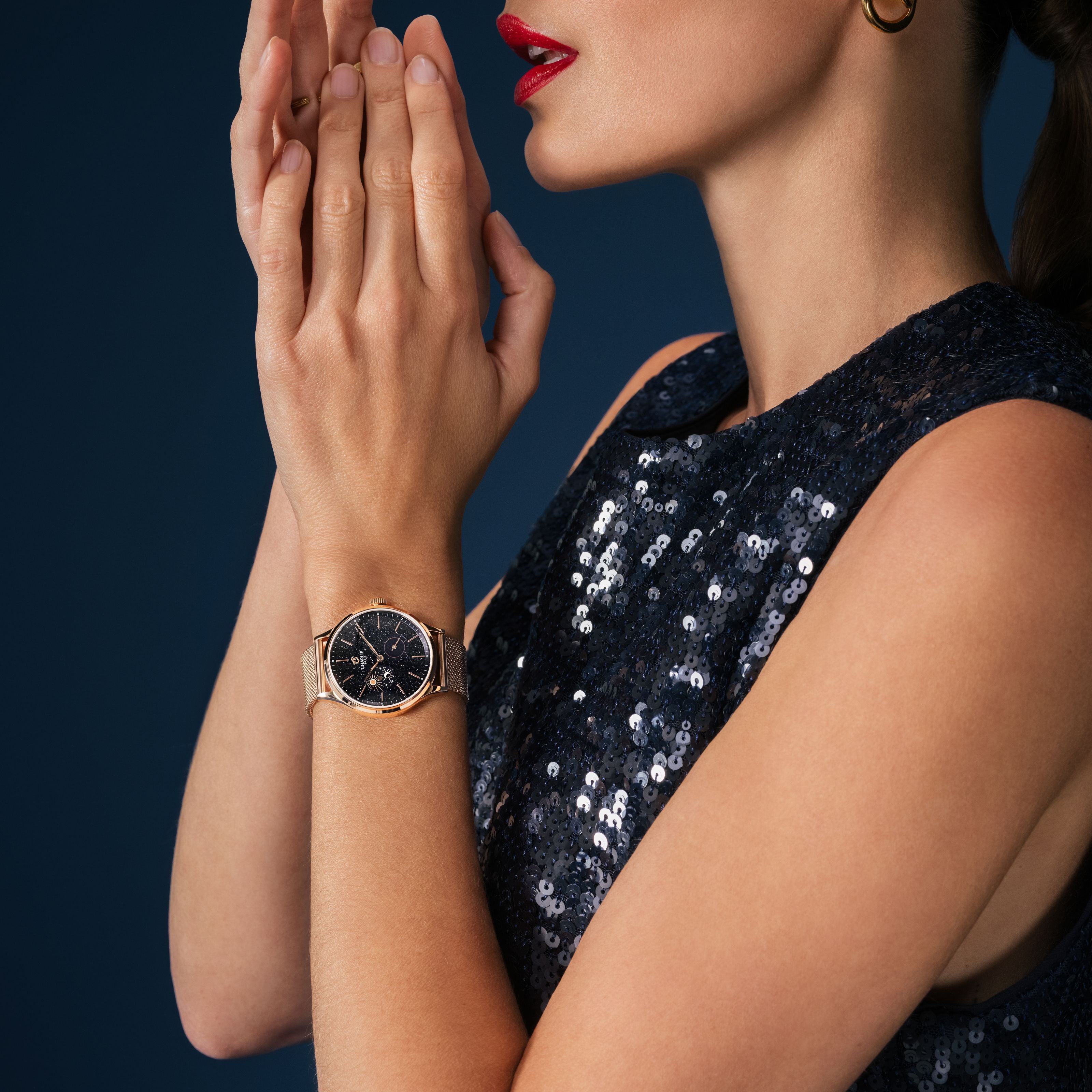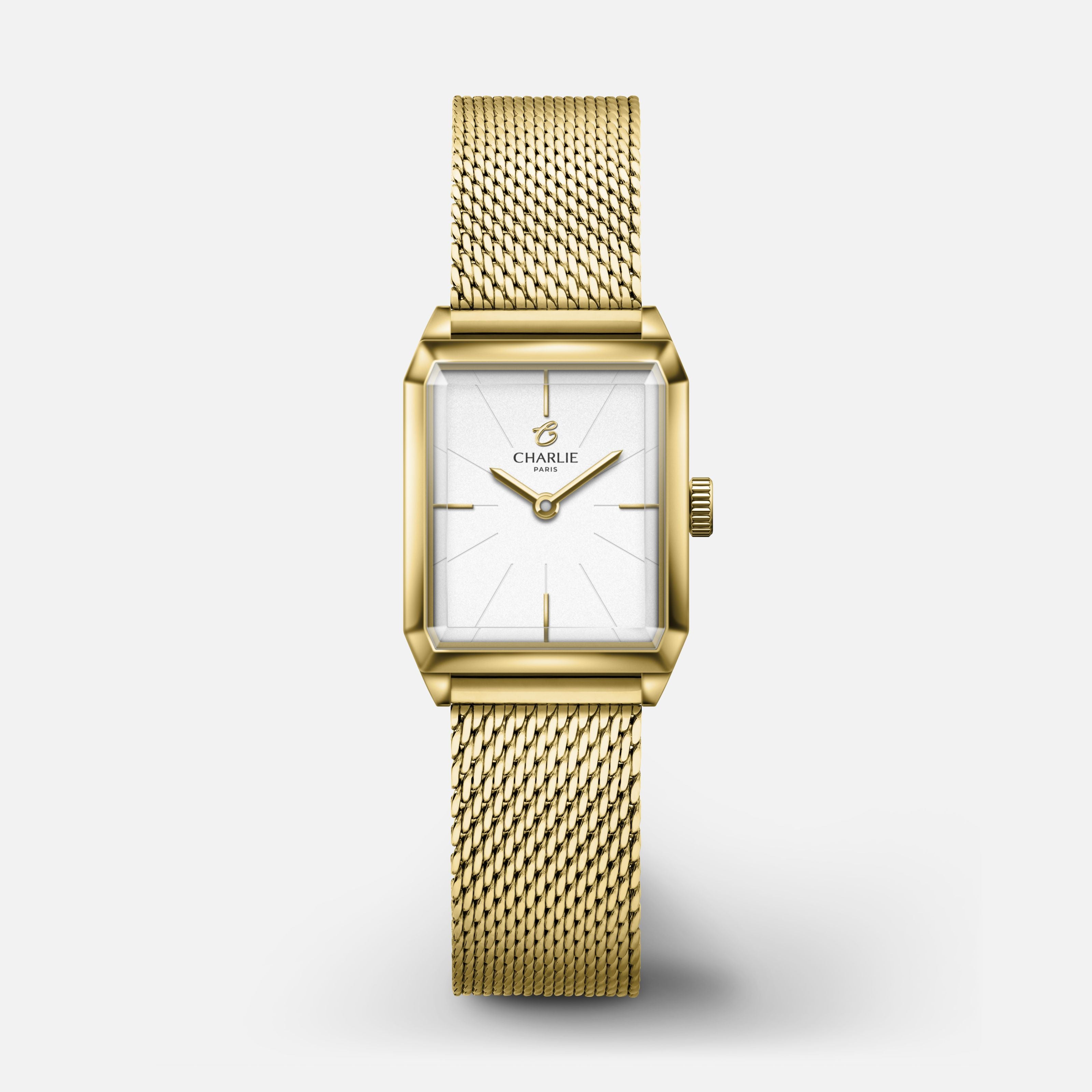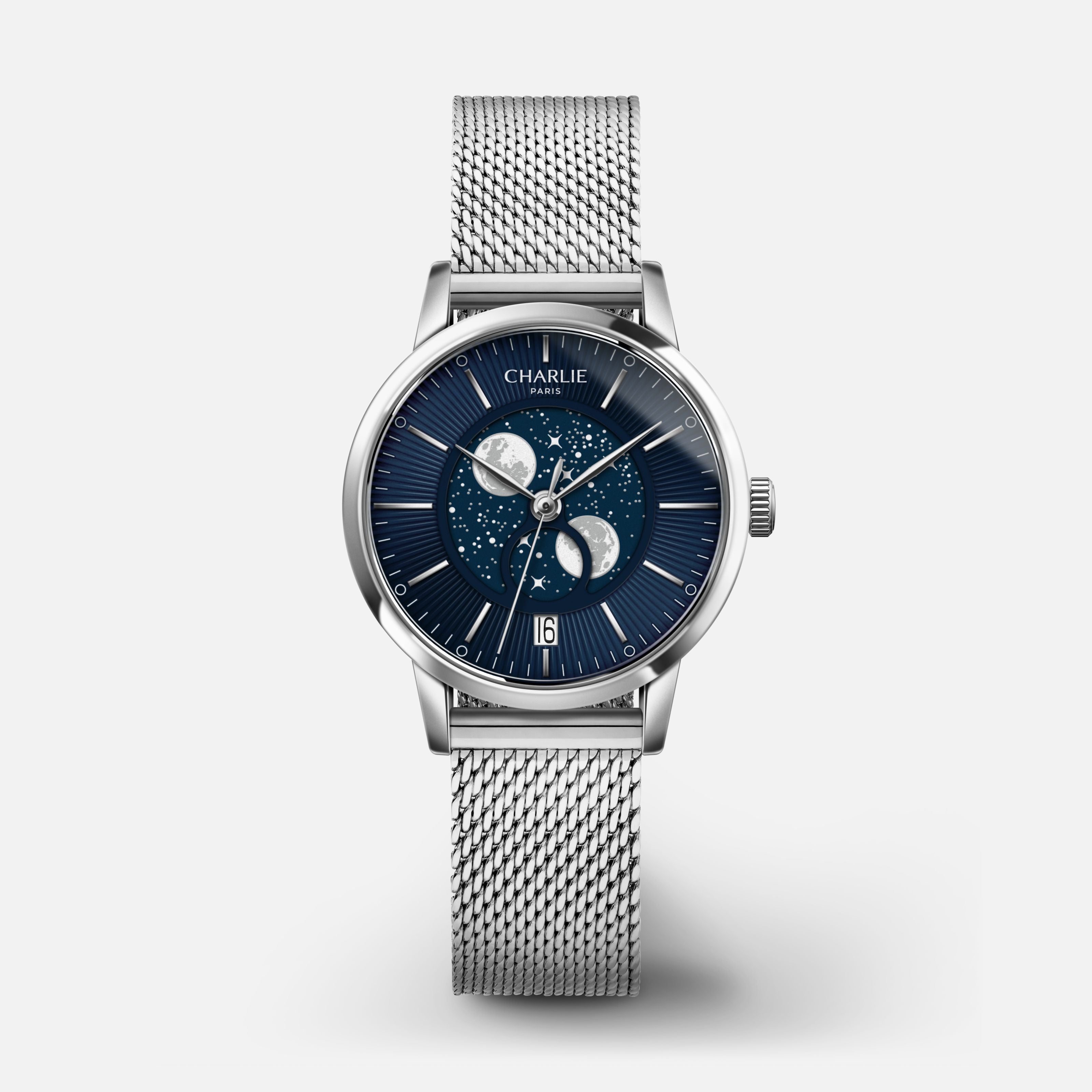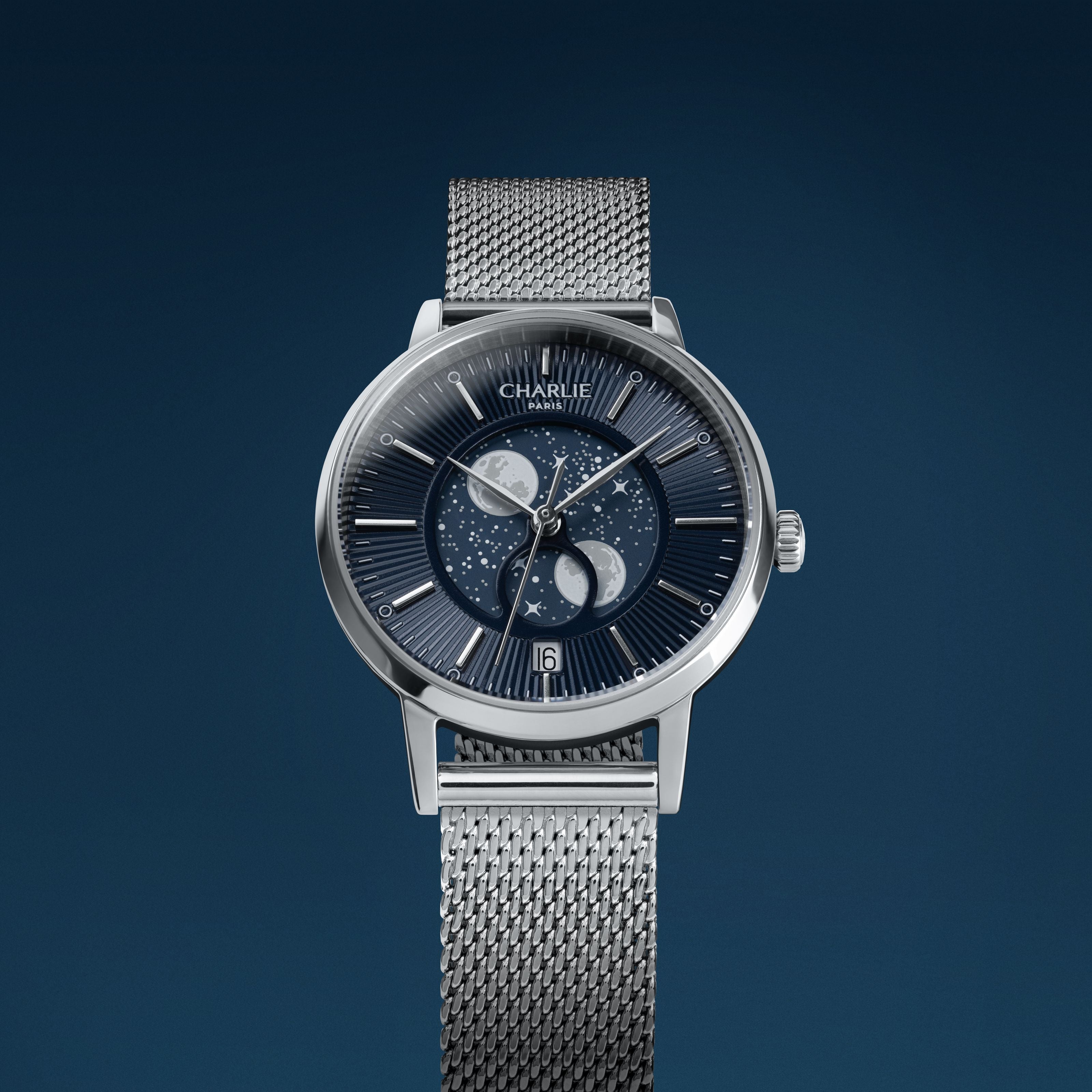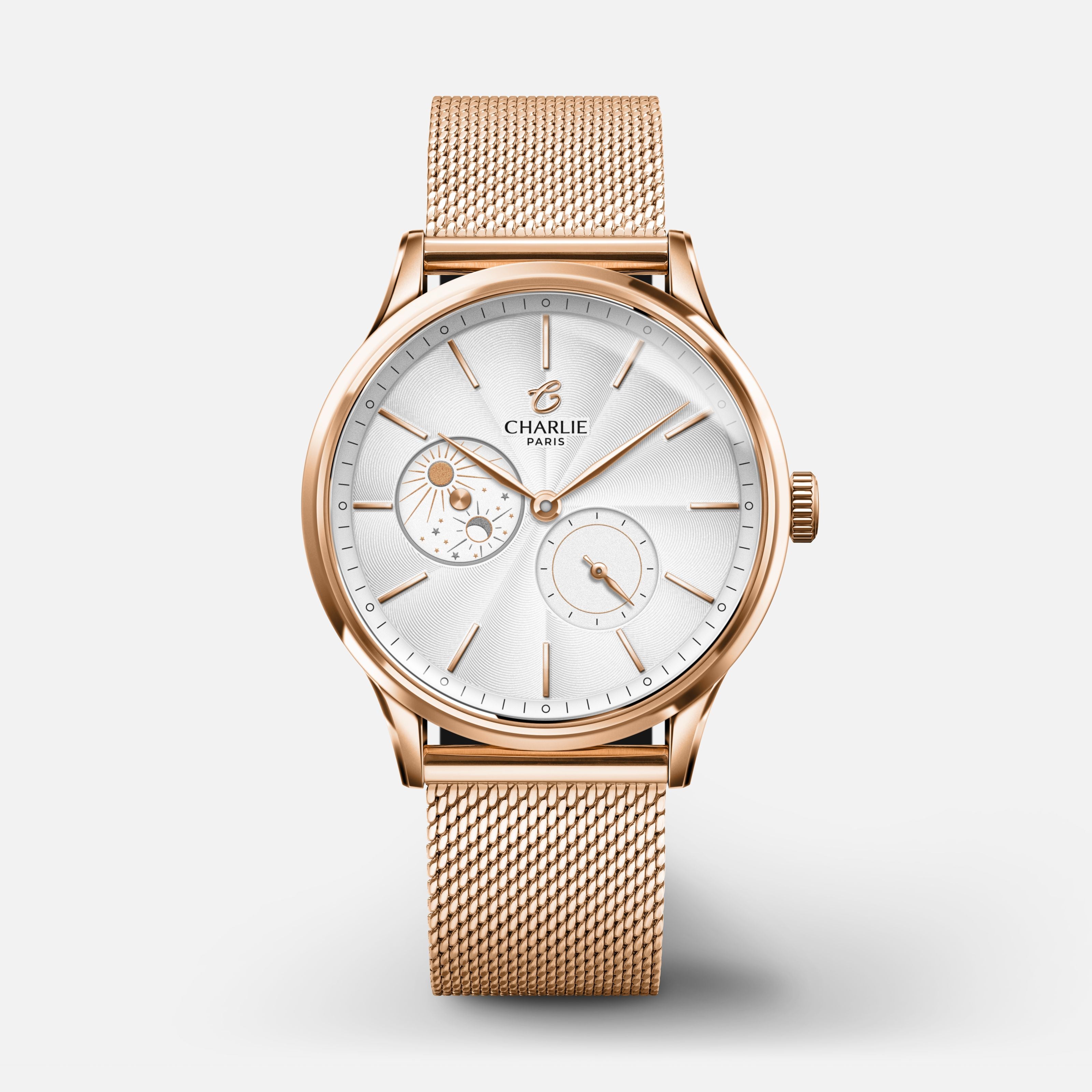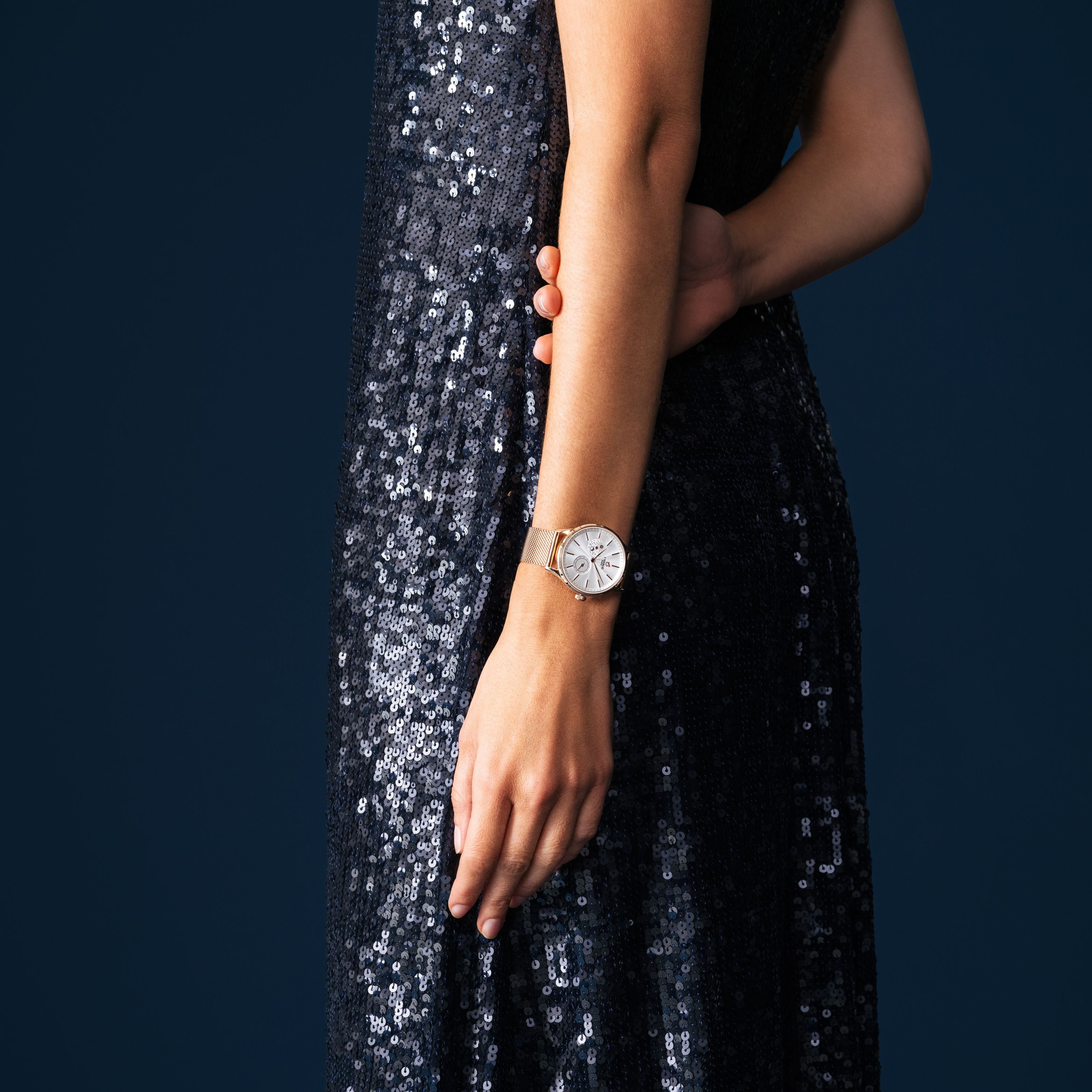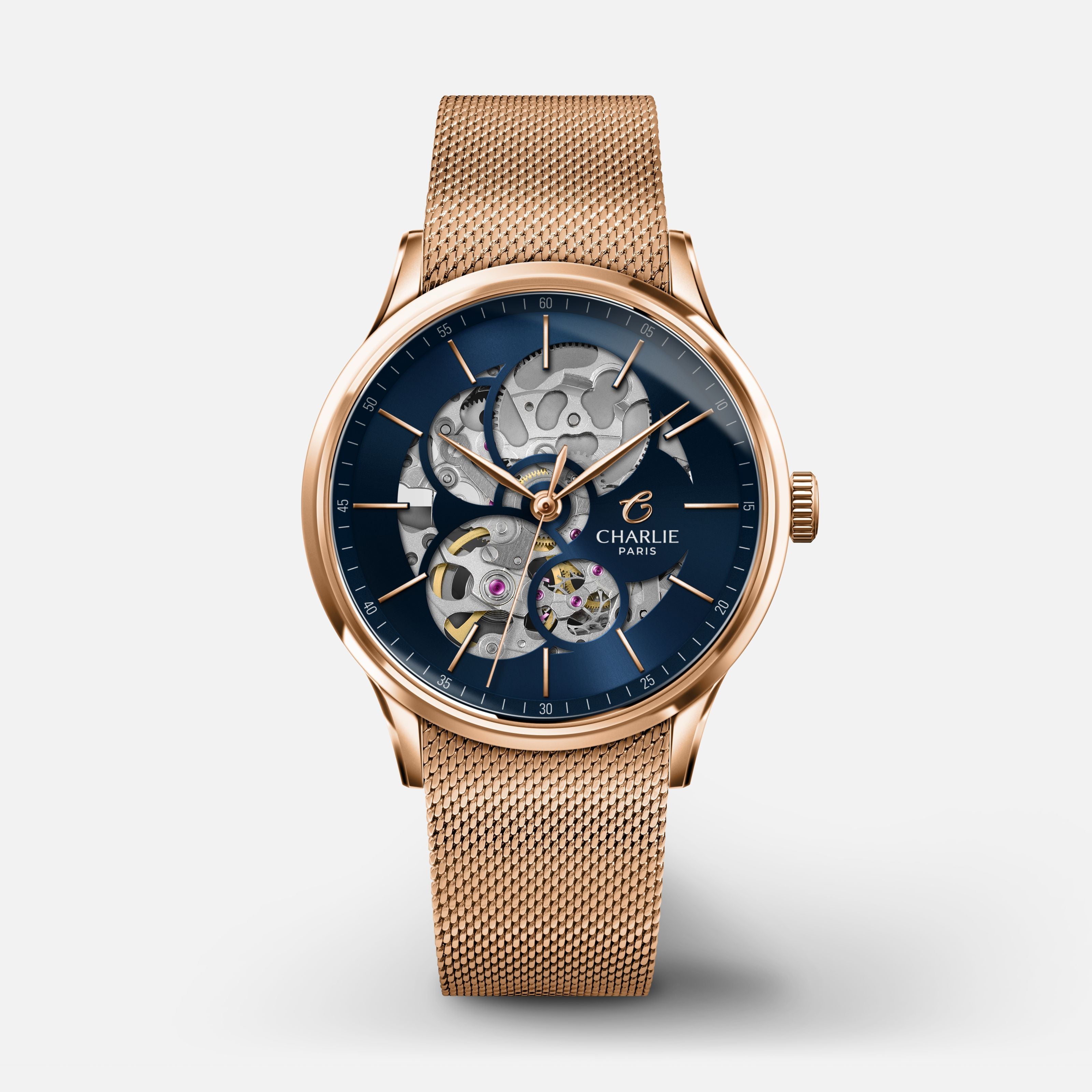You are probably familiar with rubies, the beautiful red gemstone often cut into jewelry. But do you know the rubies in a watch? You may not know it but many rubies are present in the wheels of a watch. But what is the purpose of rubies inside a watch? In this article, we will explain the role of rubies in a watch.
What is the purpose of rubies inside a watch?
You may not know it, but mechanical watch movements have many jewels. They are there to ensure that the watch functions properly and is reliable over time. The jewels present inside the movement of a mechanical watch (and thus of an automatic watch as well) serve to limit the friction within the latter. If there were no jewels, there would be friction between metal and metal, which would damage the functioning of the watch. The jewels are attached to the pivots of the balance and gear shafts, in other words, where the friction is greatest. They are arranged in the form of a cushion at the ends of the pivots and hold the entire structure of the movement in place. The ruby is the second hardest stone after the diamond with a very low friction coefficient, which is why the ruby is the stone chosen to be at the heart of the mechanism. Friction is therefore greatly minimized, therefore there is less loss of energy within the movement. In short, the presence of rubies improves the precision of the watch, its durability and reliability over time.
The more jewels there are in watches, the more valuable my watch is?
It should be mentioned that the rubies used in mechanical watch movements are synthetic rubies. Indeed, Auguste Verneuil established in 1902 a process to produce rubies in the laboratory. This process has even taken the name of its inventor, it is called Verneuil process. Before the invention of this process, mechanical watches were provided with real rubies, so the more their number increased the higher the value of the watch. Since synthetic ruby is much cheaper to produce than conventional ruby, it has become widely used in the watch industry, especially since the price of ruby soared in 1920. Synthetic rubies used in a mechanical watch have exactly the same chemical properties as traditional ruby. Synthetic ruby is the result of the fusion between aluminum oxide powder and red dye.
In conclusion, a movement with many rubies will not necessarily be more expensive because the synthetic ruby has a low market value. On the other hand, the more jewels a movement has, the more "complex" it is and therefore can be a guarantee of a certain quality.
At Charlie Paris, every detail of our watches is designed to combine aesthetics and performance. Our automatic models feature synthetic rubies, which are essential for reducing friction and ensuring the longevity of the movement.
The Alliance Moon Phase, our exceptional automatic watch, embodies this watchmaking expertise. Its Franco-Swiss C105 caliber is equipped with 33 rubies, positioned at strategic points in the movement. These rubies limit component wear and guarantee optimal precision. In addition to this meticulous engineering, the Alliance Moon Phase stands out for its rare complication: a perpetual moon phase, accurate to 122 years and 51 days. Its sandblasted dial and meticulous finishes make it a refined watch, designed for discerning watch enthusiasts. Through our creations, Charlie Paris perpetuates the watchmaking tradition while bringing a contemporary and French touch to its timepieces.
Read more
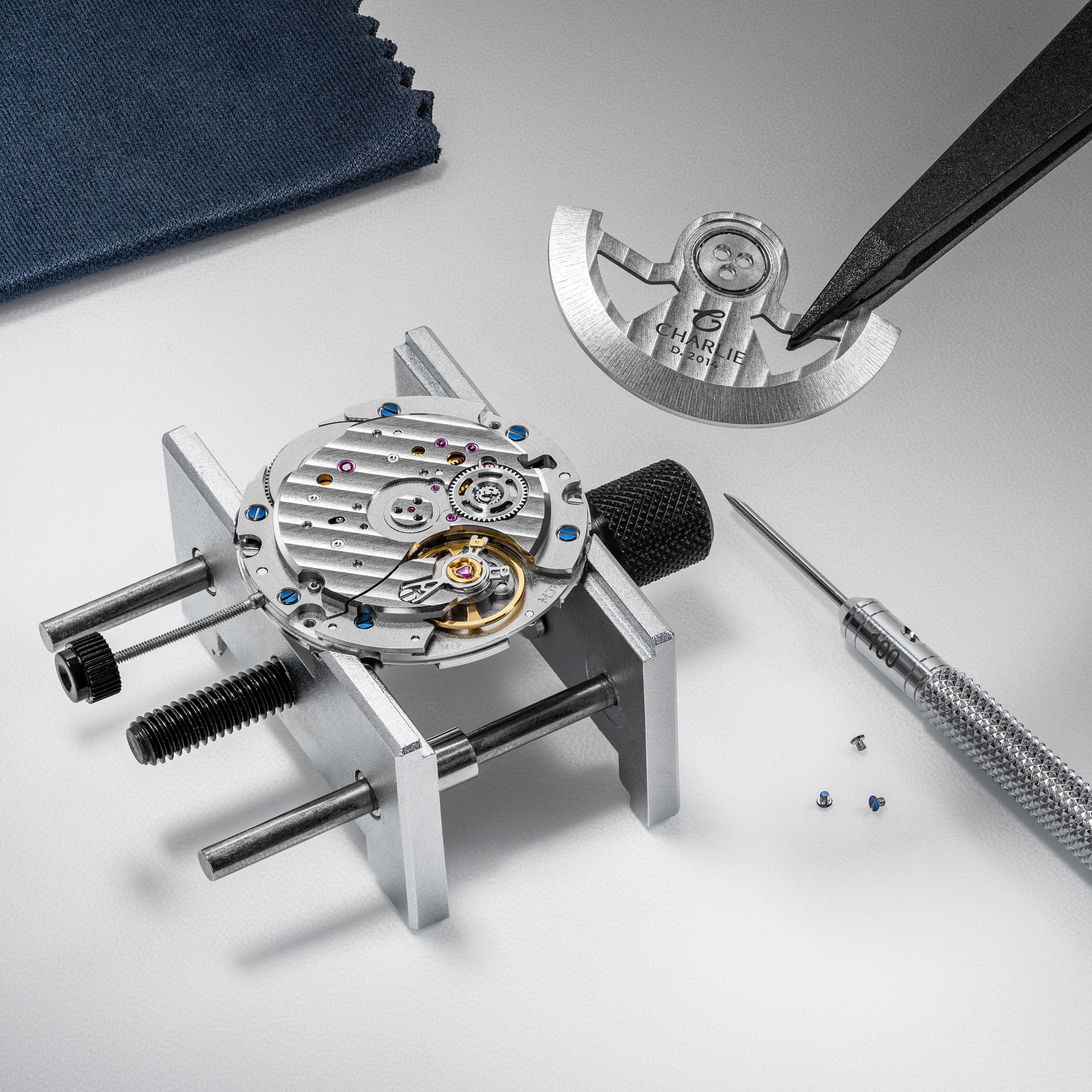
GMT time, UTC time : You don't know what the difference is? Don't worry, the Charlie Paris team explains it all to you!

For centuries, the watch has not only been an instrument for measuring time, it has also been an object of style, a reflection of the times and of watchmaking advances.
